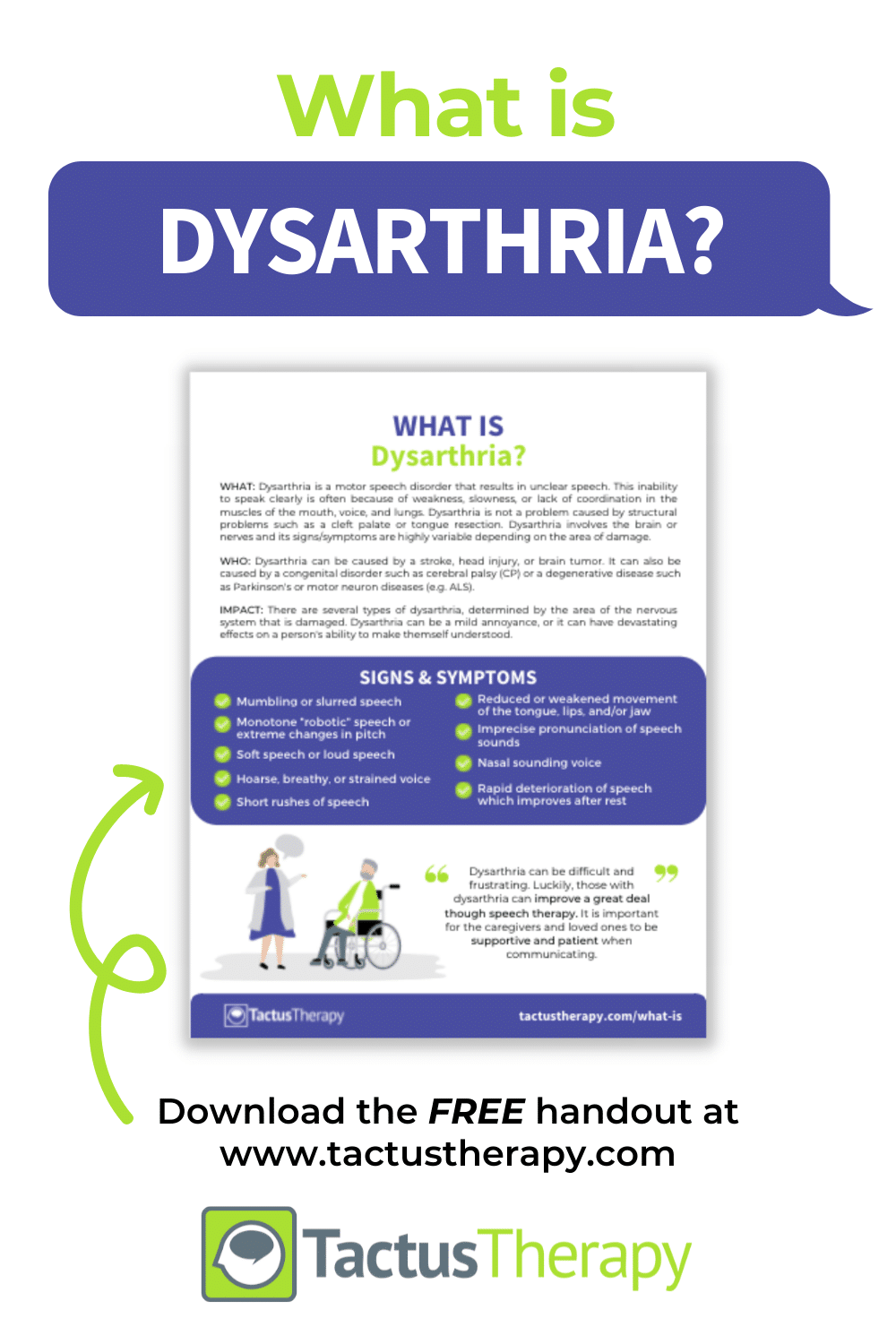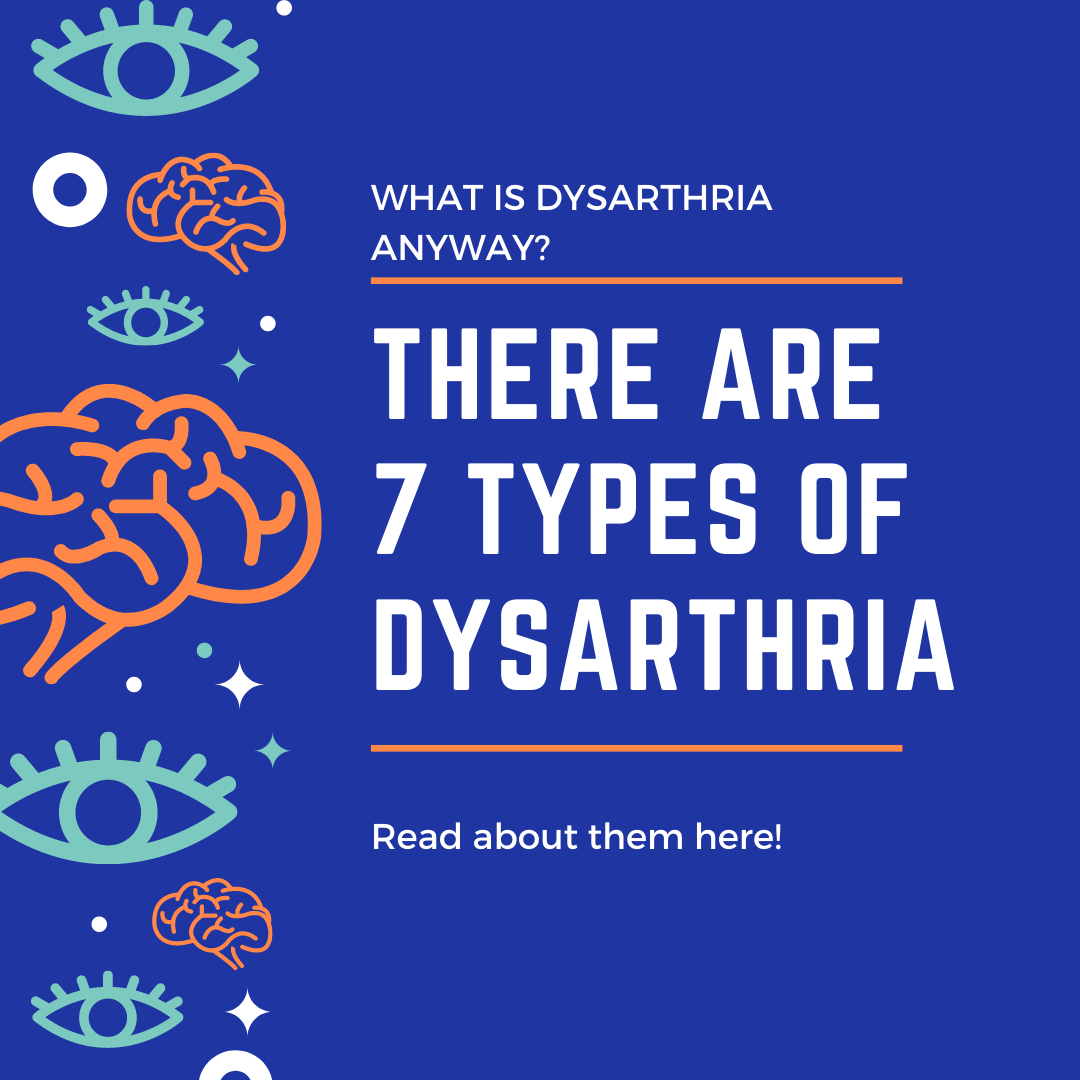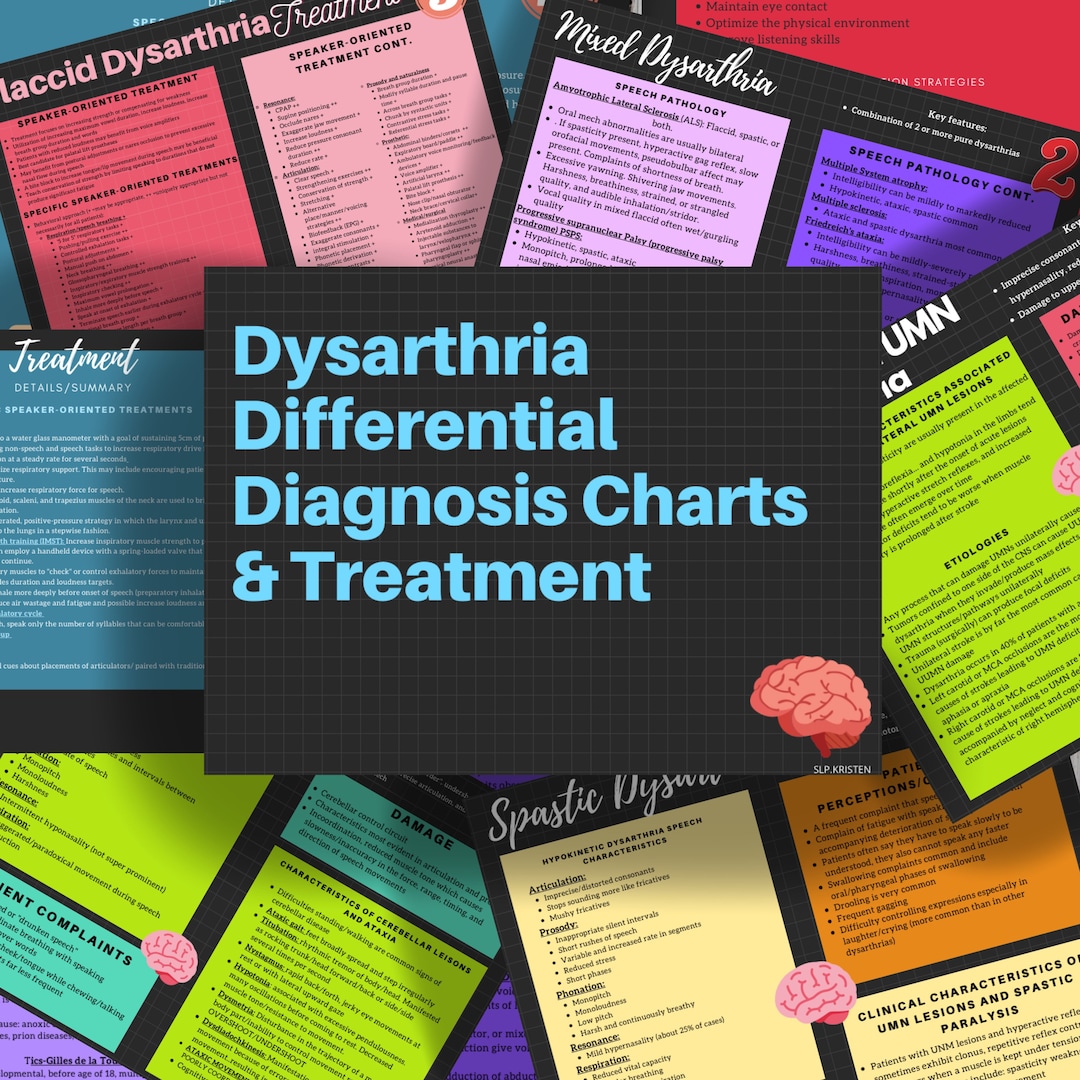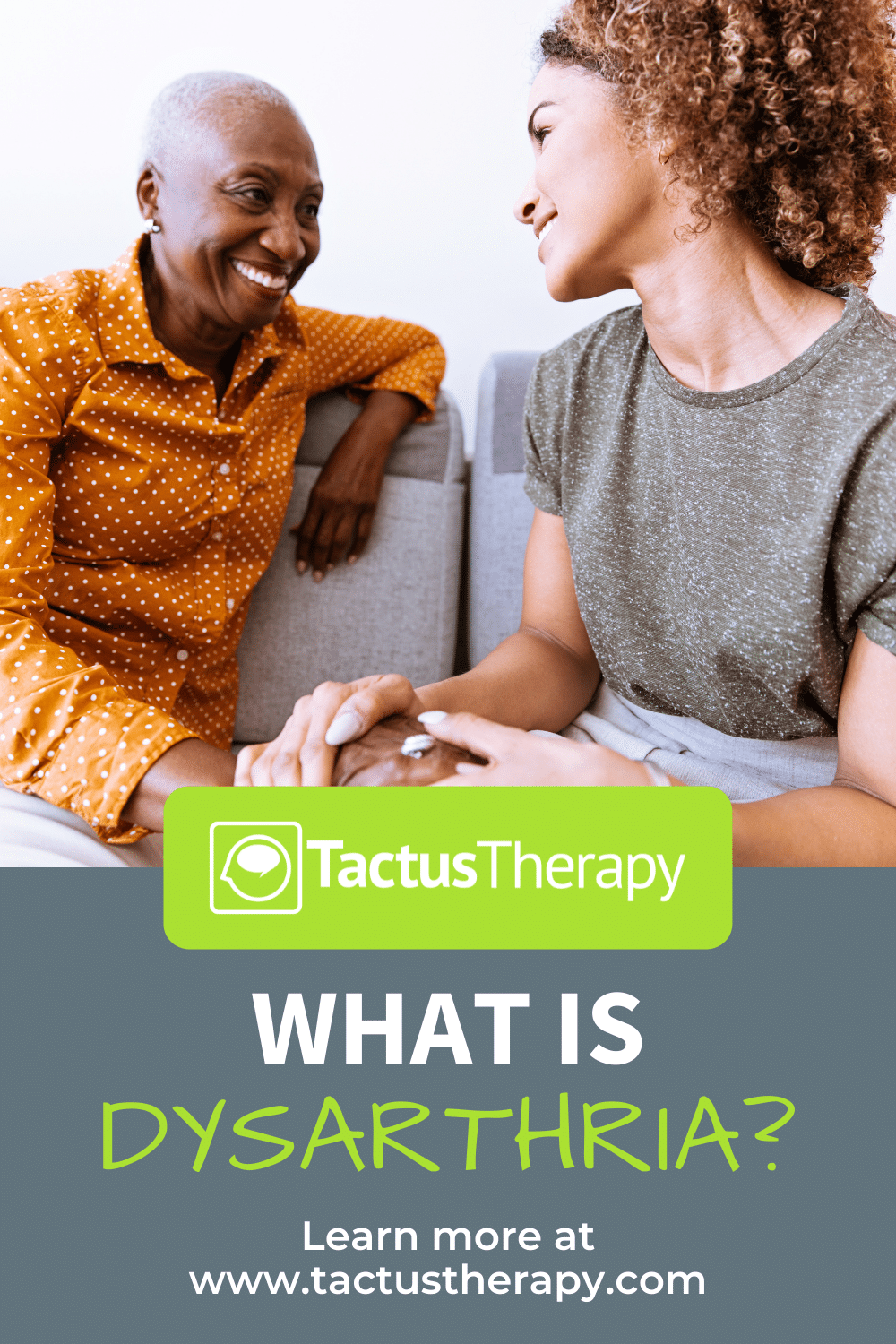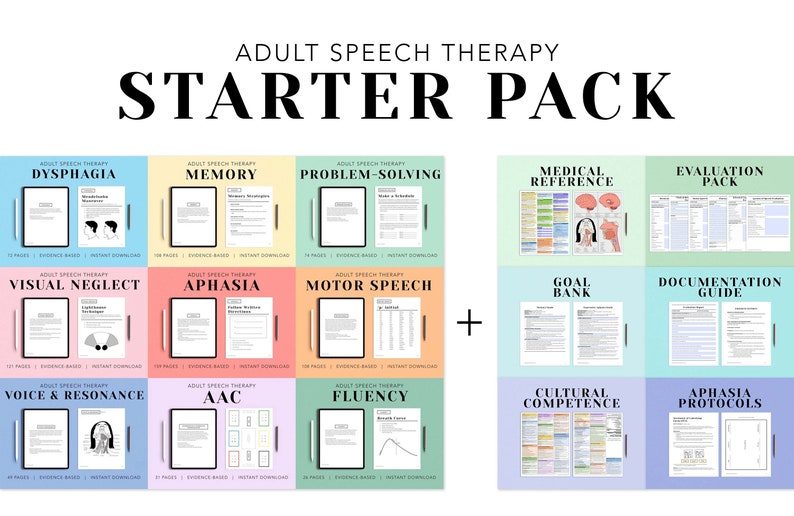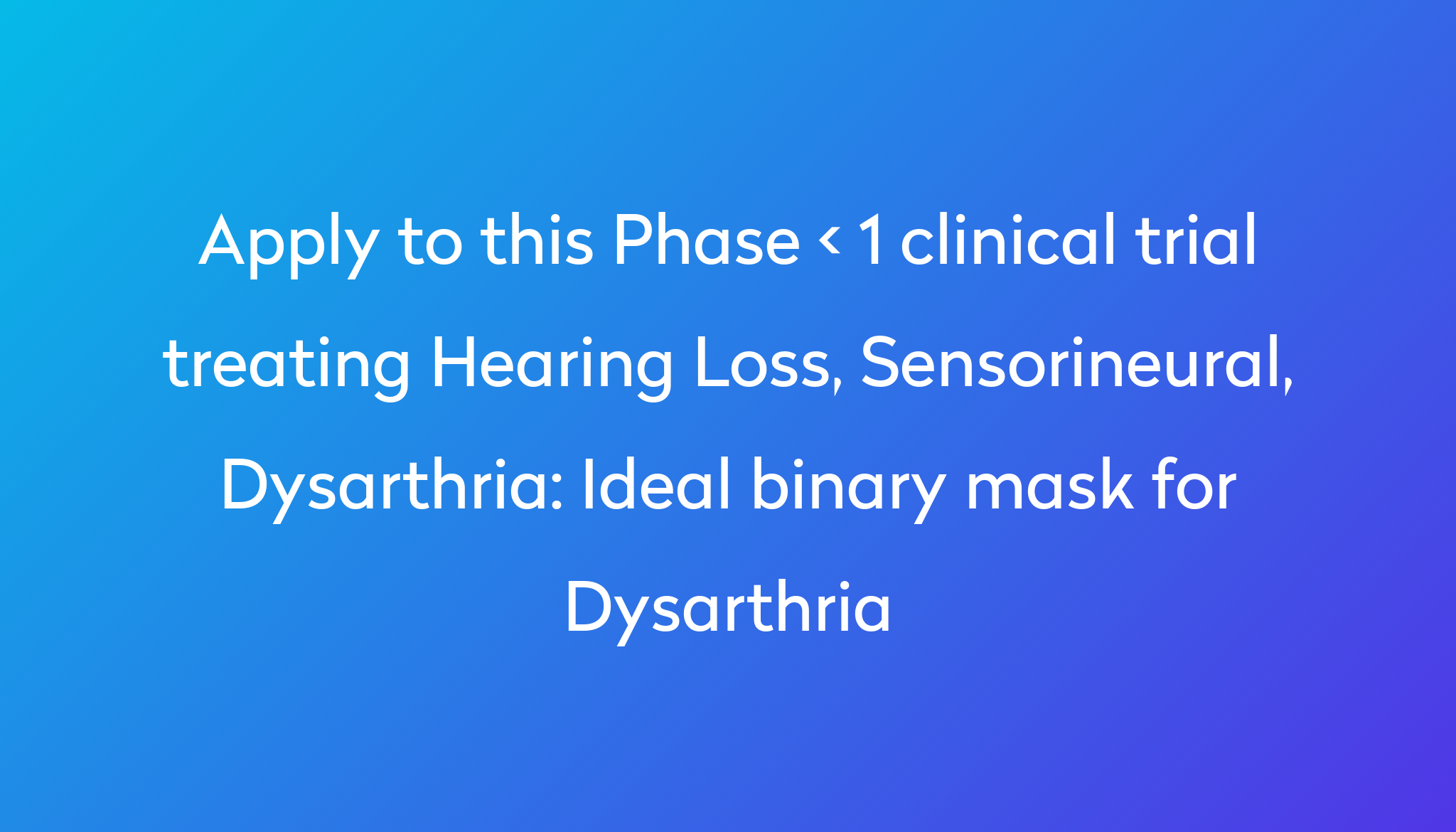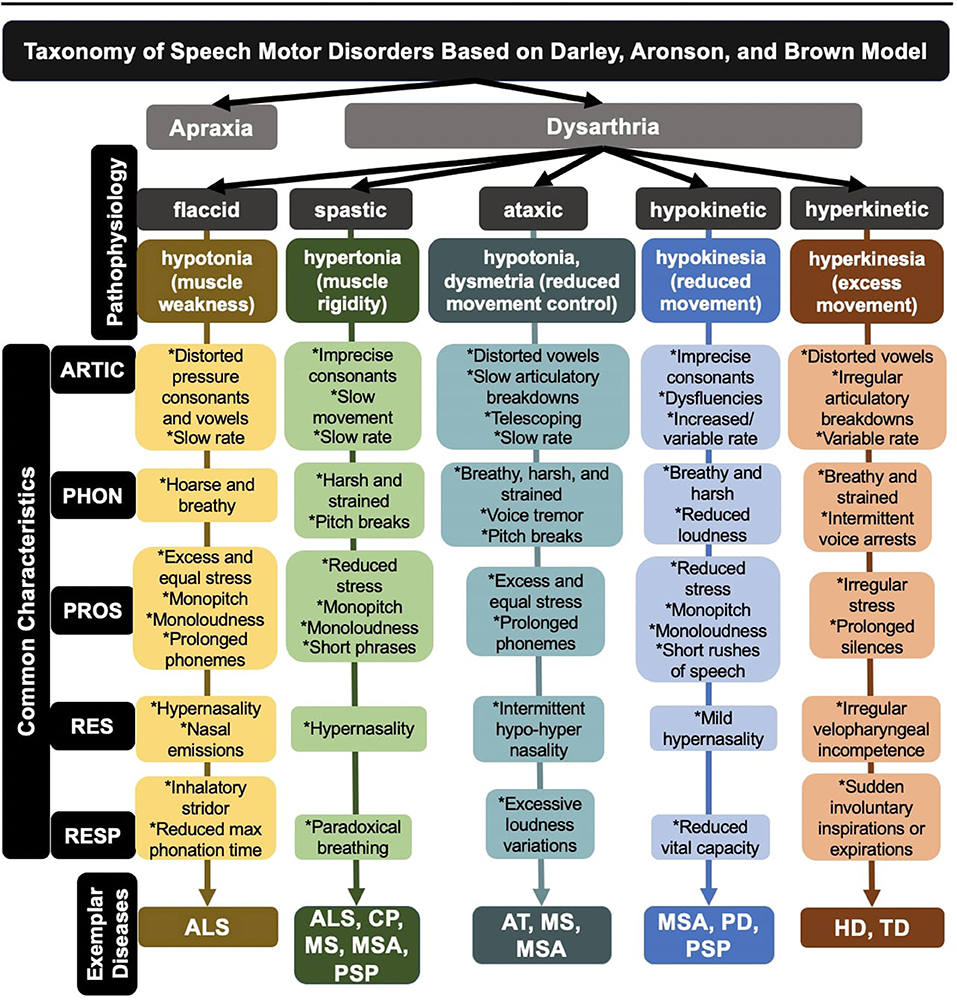Out Of This World Info About How To Treat Dysarthria

Treatment sequences were based on two overall measures of speech.
How to treat dysarthria. Tongue and lip exercises are commonly utilised in dysarthria treatment, to raise levels of tension, endurance and power of weak muscles. Articulation problems resulting from dysarthria are treated by speech language pathologists, using a variety of techniques. Dysarthria is a speech disorder that results when the muscles a person uses to speak become weakened.
Drooling what causes dysarthria? They'll offer therapy to help your speech and communication. Treatment programs of four improving ataxic dysarthric speakers are reviewed.
The goal is to improve your ability to speak and communicate. Dysarthria often causes slurred or slow speech. Dysarthria is a communication disorder resulting from acquired progressive neurological disorders such as parkinson’s disease, motor neuron disease,.
The scope of this page is limited. Start small.introduce your topic with one word or a. On this page about dysarthria signs of dysarthria causes of dysarthria testing for dysarthria treatment for dysarthria tips.
The main difference between them is that aphasia is about damage to the areas of the brain that control language and dysarthria is about difficulty controlling the. The therapy you're offered will be. People with dysarthria often benefit from speech therapy to improve communication.
Home diagnosis and treatment side effects dysarthria what is dysarthria? This type of therapy is provided by a. If you have significant dysarthria that makes your speech difficult to understand, these suggestions may help you communicate more effectively:
If your child has dysarthria, their brain cannot properly control the muscles of their mouth, tongue,. Successful treatment of dysarthria means you’ve been able to help your clients regain their ability to make themselves heard again, and with it, regain a sense of autonomy. Techniques used depend on the effect the.
Aetiology and pathogenesis of dysarthric disorders among the causes that lead to disorders of the dysarthric type are all neurological. Stroke brain tumor traumatic head injury cerebral palsy bell’s palsy. Whereas, for a person with spastic dysarthria, treatment strategies might include easy onset to decrease the hyperadduction of the vocal cords and/or increasing.
Dysarthria is a motor speech disorder that can affect many aspects of speech production, including strength, speed, range of motion, and coordination. Dysarthria is treated with speech and language therapy. The condition is common among people with.
Overview dysarthria occurs when the muscles you use for speech are weak or you have difficulty controlling them. How is dysarthria treated? Clasp hands together, then squeeze the palms together as hard as possible if seated on a chair, grasp the sides of the seat and pull upward or push downward with.
